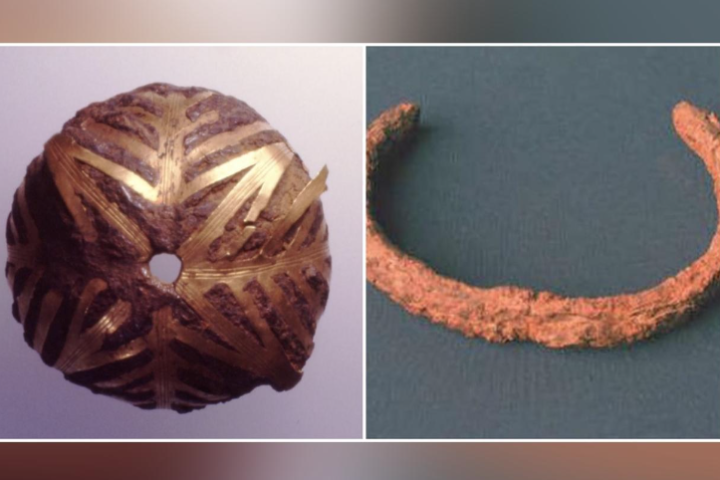Archaeologists say the giant prehistoric complex in Spain may be one of the largest of its kind in Europe.
A massive megalithic complex of more than 500 standing stones has been discovered in southern Spain that could be one of the largest of its kind in Europe, archaeologists say.
The stones were discovered on a plot of land in Huelva, a province in the southernmost part of Spain bordering Portugal. The land, which covers about 600 hectares, had been earmarked for an avocado plantation. Before allowing the cultivation, regional authorities requested a survey in light of the possible archaeological significance of the site. The survey revealed the presence of stones.
José Antonio Linares, a researcher at the University of Huelva and one of the three directors of the project, said: “This is the largest and most diverse collection of standing stones grouped in the Iberian peninsula. It is likely that the oldest standing stones at the La Torre-La Janera site were erected in the second half of the 6th or 5th millennium BC. This is a major megalithic site in Europe.”
At the site, they found a large number of various types of megaliths, including standing stones, dolmens, mounds, coffin-like stone boxes called cists, and enclosures.
“Standing stones were the most common find, with 526 still standing or lying on the ground. The stones were between one and three meters high.”

At the Carnac megalithic site in northwestern France, there are about 3,000 standing stones. Primitiva Bueno, professor of prehistory at the University of Alcalá and co-director of the project, says one of the most striking things was finding such a variety of megalithic elements clustered together in one place and discovering how well preserved they were.
“It’s not very common to find alignment of stones and dolmen on one site. Here you find everything together and it’s very striking.”
An alignment is a linear arrangement of stones standing upright along a common axis, a “cromlech” is a circle of stones, and a dolmen is a type of megalithic tomb made of two or more standing stones, usually with a large flat capstone on top.
Researchers say most of the stone monuments are grouped into 26 alignments and two cromlechs, both situated on hills with a clear view to the east to watch the sunrise during the summer and winter solstices and the spring and fall equinoxes.
Many of the stones are buried deep in the soil and will need to be carefully excavated. “The work is scheduled to last until 2026, but there will be a part of the site that can be visited between this year’s work and the start of next year,” Bueno says.
The Guardian. August 18, 2022.





